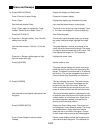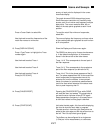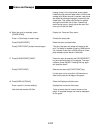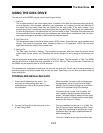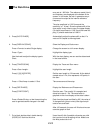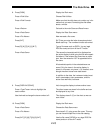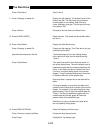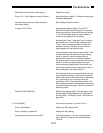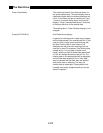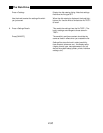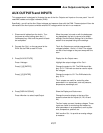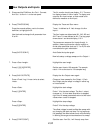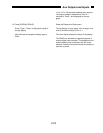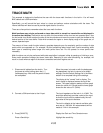
2-28
Press <Data Recall>
Press [AUTO SCALE]
This recalls the data file from disk and stores it in
the active display trace. The active display trace is
redefined to agree with the recalled data trace def-
inition. In this case, the data is recalled into Trace
1 (since it is currently being shown on the active
display). Trace 1 becomes defined as Y since that
is the trace definition of the recalled data.
The existing data in Trace 2 (bottom display) is not
changed.
Auto Scale the top display.
In general, the existing lock-in state may not agree
with the state stored in the recalled data file. In this
case, the lock-in state is also recalled along with
the data. Existing data in other traces is not
destroyed but may lose their meaning given the
new lock-in state. For example, if the existing data
sample rate is 1 Hz and data is stored in the
traces, recalling a data file whose data was stored
at 2 Hz will change the sample rate to 2 Hz. The
existing data is not destroyed but will be displayed
as if the data was sampled at 2 Hz. If the state
was not recalled with the data, then the recalled
data would have no meaning. This way, the
recalled data is meaningful. Existing data is pre-
sumably more easily recaptured and can also be
saved if important.
The Disk Drive



